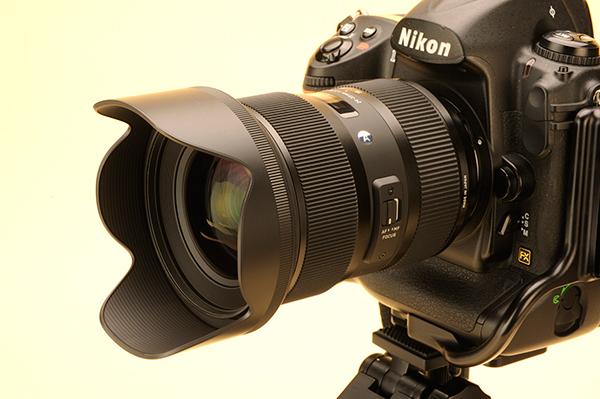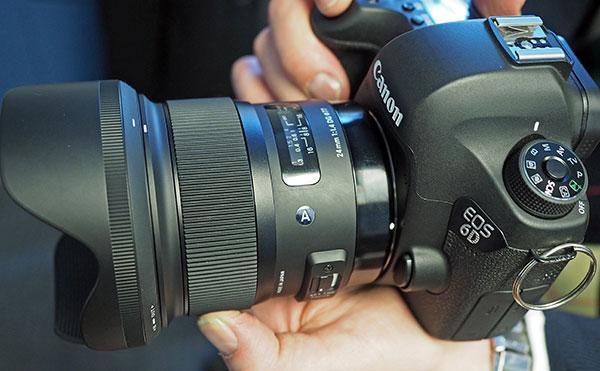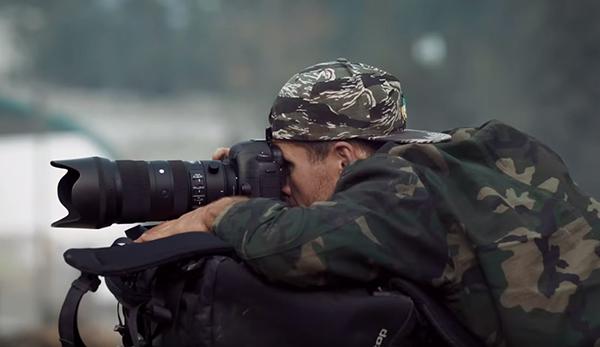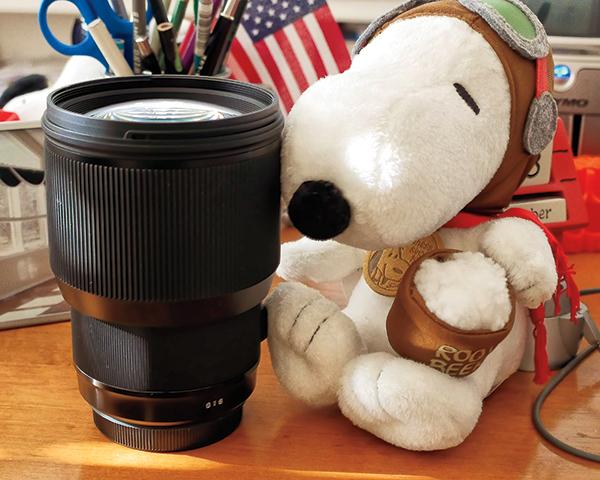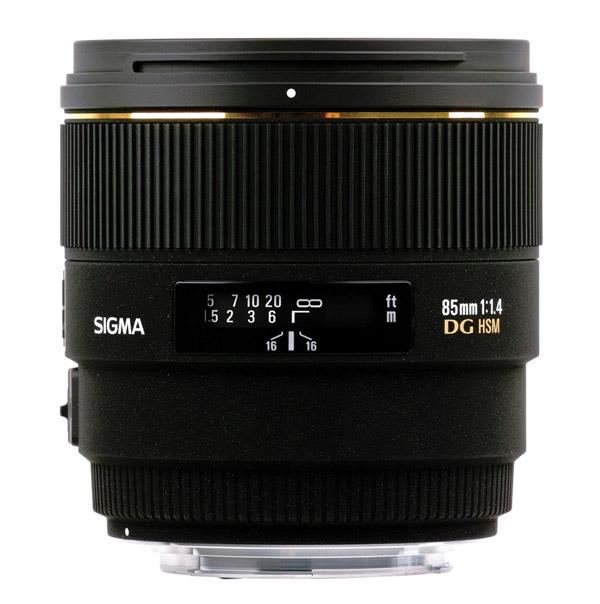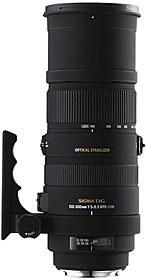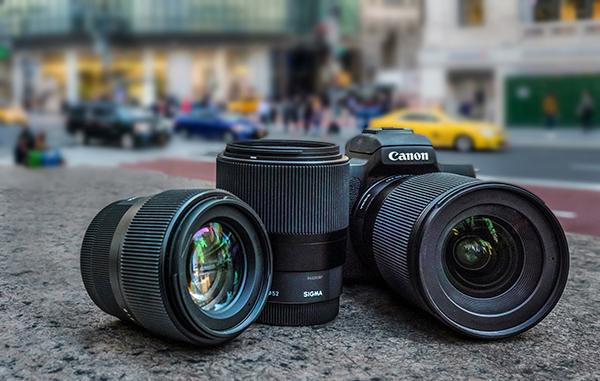Lens Reviews
Sort By: Post DateTitle Publish Date
|
Feb 08, 2016 |
|
Aug 12, 2013 |
First Published: Jul 01, 2013 |
|
Feb 14, 2019 |
|
Mar 21, 2017 |
|
Aug 09, 2012 |
First Published: Jul 01, 2012 |
|
Jul 24, 2008 |
First Published: Jul 30, 2008 |
|
Dec 01, 2007 |
|
Dec 01, 2009 |
|
Aug 01, 2007 |
|
Jun 01, 2007 |
|
Jun 01, 2007 |
